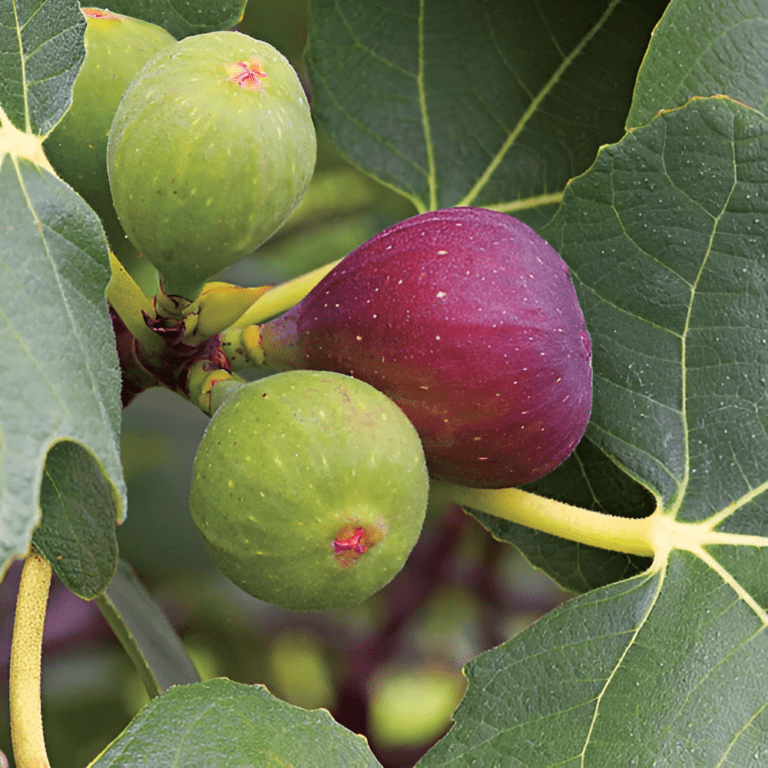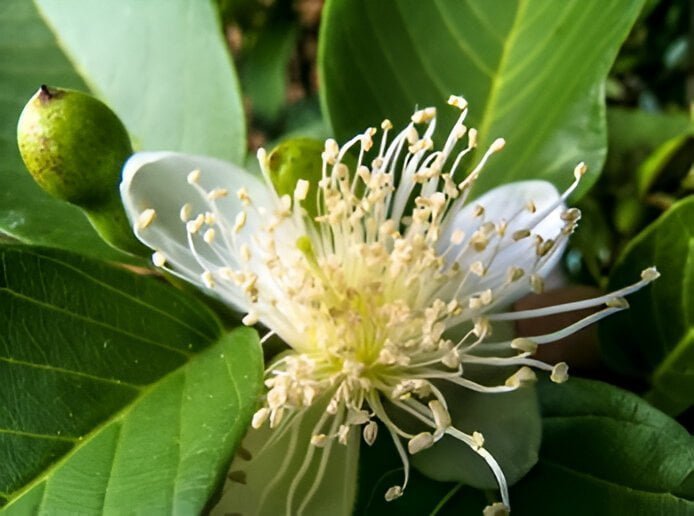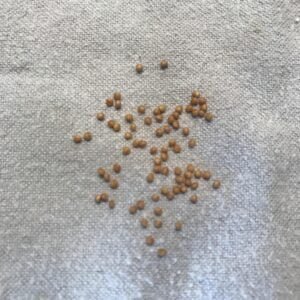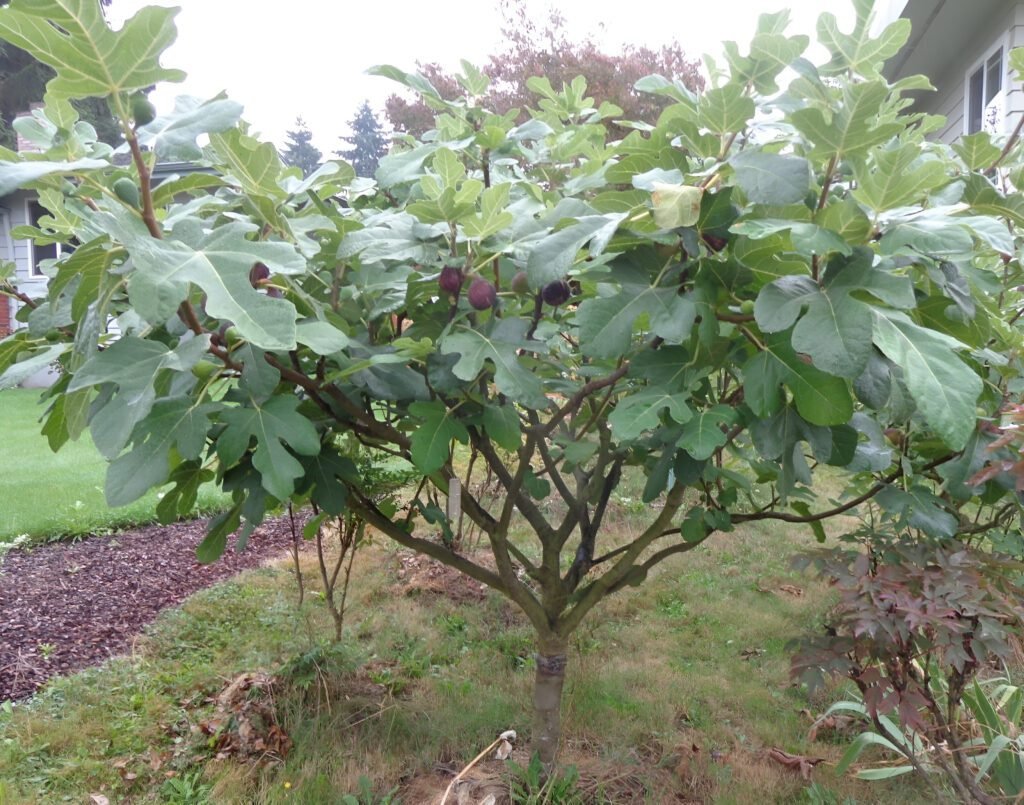Figs: definition, how to grow them, diseases, and caring for them
Introduction to figs
Every garden should have a fig tree. These distinctive plants produce delicious fruits with better flavors than the mature tree. Unlike other fruits, figs ripen entirely on the branch, so growing them yourself allows you to harvest fresh fruit.
It is a shrub or small tree, with broad, rough, lobed leaves. The fruits are singly or in pairs over the leaf scars... The fruit contains large amounts of calcium, potassium, phosphorus, and iron.

Basic care guide
Here are some specific species with beautiful foliage and some delicious fruit:
Celeste (Ficus carica): This species produces medium-sized, brown or purple fruits on relatively large trees. These trees have an early maturity time and produce sweet fig fruits.
Alma Figs (Ficus carica): This variety ripens later in the season due to its extended spring dormancy, and has rich, delicious fruit. The fruit is yellow or tan in color and bears fruit on the most compact trees.
Caprifigs (Ficus carica sylvestris): Wasps love this species, which produces only male flowers. This type is usually not grown for its fruits, but only as decoration.
- Original home It is native to the Mediterranean region, along with West and South Asia. It has been cultivated since ancient times and is now widely grown all over the world.
- Nickname : Common Fig, Edible Fig
- Platoon Moraceae

The amount of water needed
- Watering needs for fig trees depend largely on soil and weather. However, fig trees generally need about 1 to 1.5 inches of water each week
Suitable living conditions
- Fig trees need warm conditions and subtropical climates to thrive but will tolerate some lower temperatures as long as they remain above 15 degrees Fahrenheit. Areas with harsh winters are not suitable
- Temperatures
- It prefers a temperature range of 41 to 100°C (5 to 38°C).
Suitable lighting for him:
- Full sun is essential for a bountiful crop and sweeter fruit. It should receive between six to eight hours of daily direct sunlight. Lack of sunlight will prevent trees from producing as many figs as compared to those planted with adequate light.
- Plant near a wall with southern exposure in South Central so they can benefit from reflected heat. In the upper South, choose hardy selections, such as 'Brown Turkey' and 'Celeste.'
- Fig trees grow in a variety of soil conditions, but slightly acidic, well-drained soil is best.
- Any weeds you see should be removed, and the soil should be renewed by adding fertilizer every 4-5 weeks. In addition, between 10-15 cm of sawdust or straw should be placed evenly around the trunk of the tree that covers the soil. This will contribute to maintaining moisture in the summer. It will protect figs from cold and frost in the winter


Find out what light your plants are actually getting.
Find the best locations for them to improve their health, simply using your phone.
Fertilization care
- Fertilization is often done before fig trees set fruit. This could be any time during your growing season.
- The best NPK fertilizer is 10-4-12, 10-10-10, or 20-10-20.
- We fertilize 4-6 times starting at the beginning of the growing season and stop as soon as we see fruit.
- Microelements such as calcium and magnesium can be added.
How to plant seeds
- First, get the seeds. Seed selection is essential to choose feminized species if you want fruit-bearing trees, as male trees do not produce edible fruit.
- Cut the fig in half, and remove the pulp and seeds.
- Soak the fig seeds to check their suitability. (Only seeds that float are viable.)
- Plant the seeds in suitable soil, keep the soil moist.
- Place it in a sunny location – at least six hours of direct sunlight daily.
- Expect to see germination within a week or two. Continue to keep the soil moist and in a sunny location.
- You'll know it's time to transfer the seeds to a pot when there are at least two sets of leaves and the tree is a few inches tall
Pruning
- Fig trees do not need much pruning throughout the year but can benefit from pruning during their dormant period (late winter or early spring) because it promotes new growth. New growth also produces healthier branches and tends to produce more fruit.
- To keep fig trees healthy, prune them as soon as they are planted during the first year. (Pruning about half the branches helps build a strong root system.)
- Don't forget to prune dead and diseased branches during the season
- Wax fig insect “Scabies” (Control: Getting rid of the infected branches as much as possible, and because the use of insecticides such as Supercid and Marshall leads to the spread of red spiders, therefore it is preferable to use materials that have an effect on the insect and spiders together, or to use materials that do not affect natural enemies, and among the materials Used: A- Ansigar 25 gm/100 liters of water, which is a substance that prevents the insect from developing and causing it to die.
- Fig Psylla: Resistance: During the dormant period, winter oil is sprayed with malathion; In May, trees are sprayed with malathion (3 cc/litre).
- Spiders and mites (control: A- Neopracid 1.5 cc/litre, which is beneficial for both insects and spiders. B- Neron 1.5 cc/litre)

Suggested use
- Figs were widely used, both fresh and dried, and were even called “the poor man’s food.”
- The fig tree is grown in parks, public places, and gardens, and is used in parks as a background plant, or a plant curtain
Suitable planting time
- The beginning of January, when a branch of a perennial fig tree is taken and planted at the beginning of winter.
additional information
- Plant age This tree is known to live for more than 150 years.
- Plant height : Ranges in height from 1 meter (3 feet) to 10 to 12 meters (33 to 39 feet),
- Flowering stage : in spring
- Fruiting stage
- Cultivated fig trees need a period ranging from 3 to 5 years, until they bear mature fruits.



